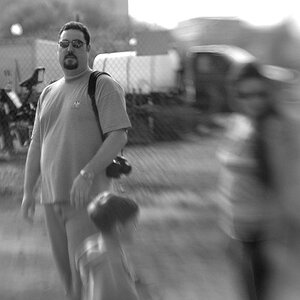- Joined
- Nov 17, 2008
- Messages
- 286
- Reaction score
- 14
I have a large workshop at my home where I mostly work on my own hobbies and projects, but lately I've been getting more and more requests from people that want to take photos of their cars and motorcycles in my shop. So I was thinking it would be cool to have a softbox large enough to photograph a car or truck.
After a quick search it seems like I would need a softbox that is at least 10' x 30'. I found this Chimera light box, but it's pretty pricey: Chimera F2X 10 x 30' Light Bank 8980 B&H Photo Video
Since I have a workshop full of fabrication tools and have the ability to bend and weld metal, I was thinking I could build my own.
Has anyone had any experience building a massive softbox such as this? I would assume that aluminum tubing would be the best and lightest weight material to use, but it is also expensive. Also, any ideas what fabric would be best for this and where I would be able to buy it this large?
After a quick search it seems like I would need a softbox that is at least 10' x 30'. I found this Chimera light box, but it's pretty pricey: Chimera F2X 10 x 30' Light Bank 8980 B&H Photo Video
Since I have a workshop full of fabrication tools and have the ability to bend and weld metal, I was thinking I could build my own.
Has anyone had any experience building a massive softbox such as this? I would assume that aluminum tubing would be the best and lightest weight material to use, but it is also expensive. Also, any ideas what fabric would be best for this and where I would be able to buy it this large?


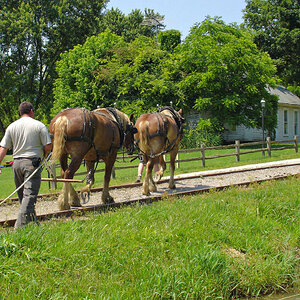
![[No title]](/data/xfmg/thumbnail/35/35969-b6f009f356cac5fdbffb0729bddb9e25.jpg?1619737288)
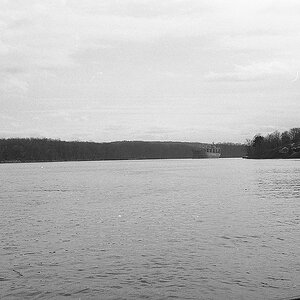


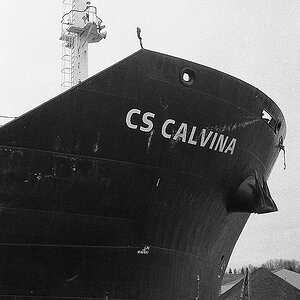

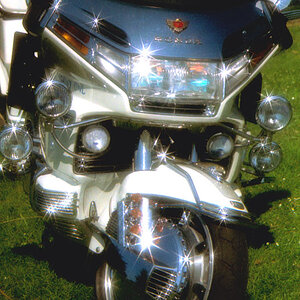

![[No title]](/data/xfmg/thumbnail/39/39184-d7e9fb25ed954af6adbcacfdf106df84.jpg?1619738904)
![[No title]](/data/xfmg/thumbnail/34/34118-1c18899050bfacc1ed25ac6c1740422b.jpg?1619736288)
